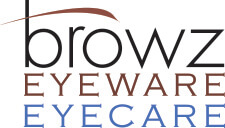ABMD is a disease or anatomical defect of the cornea which affects the ability of the epithelium (outer “skin” of the cornea) to attach to the lower layers of the cornea. Instead, it grows unevenly or detaches.
Some people with ABMD have no visible symptoms from ABMD. Others suffer from moderate to severe dry eye symptoms and some experience RCEs. Erosions can be very hard to control for those with ABMD and they often have to use aggressive treatments to keep severe dry eye symptoms and pain under control.
ABMD is sometimes treated with debridement of the epithelium, which basically amounts to gently scraping the outer layer of the cornea off in hopes it will attach better when it regrows. This treatment is usually approached with caution and only after all other treatments fail as the evidence for long-term benefits is limited and it can adversely affect vision. Debridement can either be manual or done with a laser (PTK/PRK).
Some patients with ABMD may need to pay special attention to night eye protection to prevent erosions, or may benefit from protective eyewear during the day as well.
If you have been diagnosed with ABMD, reconsider laser eye surgery (LASIK, PRK, etc). There are reports from patients who were not diagnosed with ABMD before surgery but discovered afterwards that they have it and that the surgery may aggravate the symptoms. One exception to this is when epithelial debridement to repair ABMD is performed in conjuction with removal of the stroma (i.e. PRK) as a vision correction surgery.

